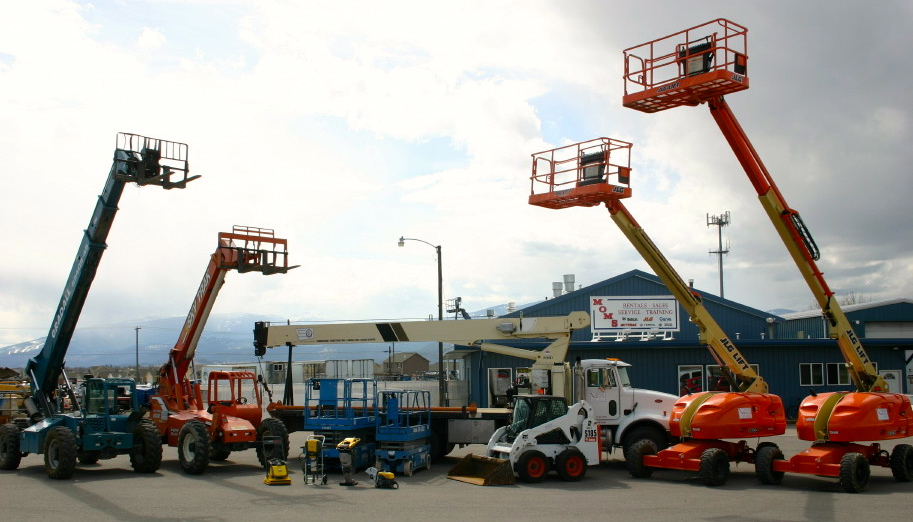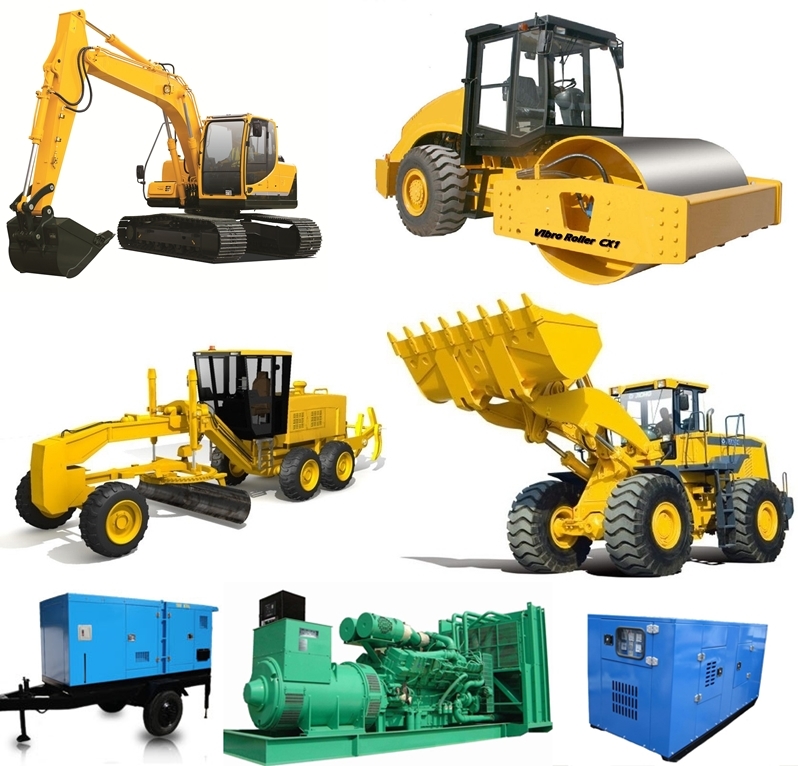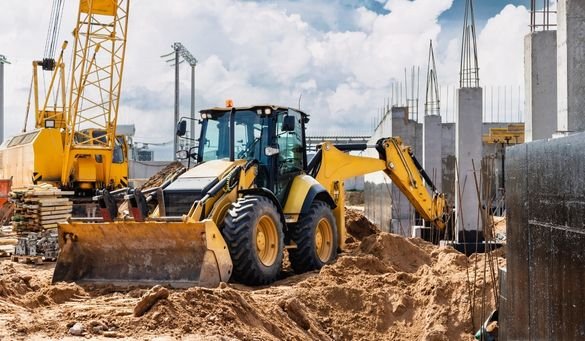Maximize Your Spending Plan by Recognizing the Expenses Related To Building Tools Services
Understanding the full extent of expenses connected with construction equipment rentals is essential for maximizing your budget plan. What strategies can be utilized to efficiently manage these costs and ensure a more efficient rental experience?
Overview of Rental Expenses
When considering building and construction equipment services, comprehending the linked costs is extremely important for efficient budgeting and job preparation. Rental costs can vary significantly based on several elements, including equipment type, duration of rental, and place. The preliminary rental cost usually mirrors the equipment's market need and its connected operational capabilities, affecting the general cost.
In addition to the base rental price, ancillary costs might arise, such as transport charges, fuel surcharges, and maintenance charges. It is vital to account for these added costs to accurately examine the complete expense of renting out tools. The rental duration can affect pricing; longer services may qualify for reduced prices, while short-term services could incur greater everyday fees.

Breakdown of Rental Rates
A comprehensive understanding of rental prices is crucial for specialists and job managers intending to optimize their spending plans. Rental prices for building devices normally consist of a number of components, consisting of base prices, time-based fees, and use fees.
Base rates are the core costs connected with the service of the tools, often determined by the kind and size of the equipment. These rates can differ substantially, influenced by variables such as devices need, availability, and local market trends. Time-based fees, which may be daily, weekly, or monthly, offer to suit different project timelines and rental periods.
In addition, rental prices may consist of usage charges, which are relevant when devices is utilized beyond a defined threshold, guaranteeing that the rental company can make up deterioration. Seasonal need changes can likewise affect rental prices, with peak building and construction periods normally commanding higher costs.
Furthermore, understanding the rental firm's plans pertaining to upkeep and insurance coverage can provide further insight right into the total cost framework. By assessing these parts, contractors can make educated choices, guaranteeing the option of rental devices lines up with both project requirements and budget plan constraints.
Added Charges to Take Into Consideration
Understanding the details of added costs is crucial for contractors to manage their total leasing costs efficiently. Past the conventional rental prices, numerous supplemental costs can substantially influence the overall cost of tools service. These charges usually consist of shipment and pick-up fees, which can differ based upon range and logistics associated with carrying the devices to and from the work site.
Furthermore, some rental companies might enforce gas surcharges if the tools is returned with much less gas than when rented. It is likewise vital to understand potential cleaning charges, specifically for specific devices that calls for detailed upkeep after use.

Thoroughly reviewing the rental agreement and clarifying these added fees upfront can aid specialists stay clear of unexpected expenses and ensure that spending plans stay undamaged throughout the job lifecycle.
Upkeep and Fixing Costs
Regular repair and maintenance costs are frequently ignored elements that can dramatically affect the total cost of building and construction equipment services. When renting devices, it is critical to consider not just the rental costs but likewise the possible prices related to maintaining the equipment in optimal operating problem.
Many rental companies include standard upkeep as component of the rental agreement; nonetheless, much more unexpected failures or considerable repair services can result in extra costs. It's vital to review the rental agreement meticulously to recognize what maintenance services are covered and what obligations fall on the renter.
Additionally, devices that is not well-kept can cause inadequacies on the work website, possibly creating hold-ups and enhancing task expenses. To minimize these dangers, it is advisable to perform normal examinations and keep open interaction with the rental service provider pertaining to any kind of concerns that develop throughout usage.
Insurance Policy and Obligation Prices
Insurance policy and responsibility prices are important elements that can substantially affect the general expense of building and construction tools leasings (equipment rental company). These expenses guarantee that both the rental business and the customer are protected from prospective financial losses emerging from mishaps, damage, or burglary throughout the rental period

Furthermore, clients need to recognize any kind of deductibles or exclusions in the insurance plan, as these can impact potential out-of-pocket expenses. Comprehending the terms and problems of any insurance protection is vital to avoid unexpected expenses. Eventually, budgeting for insurance policy and responsibility expenses can help guarantee a smoother rental experience and safeguard against economic risks connected with building and construction jobs.
Verdict
Finally, a comprehensive understanding of the expenses connected with construction devices leasings is important for reliable spending check this plan administration. By examining rental prices, additional costs, upkeep expenses, and insurance policy needs, organizations and people can minimize unforeseen expenditures. This calculated technique not only improves cost-effectiveness however also makes sure that tasks proceed efficiently and effectively. Eventually, informed decision-making concerning equipment rentals adds to the overall success of construction endeavors.
Rental costs can vary dramatically based on numerous variables, consisting of equipment type, duration of rental, and place (scissor lift rental). The rental period can impact rates; longer leasings might qualify for affordable rates, while temporary services may sustain higher daily costs
By conducting thorough research study and engaging with reliable rental companies, specialists can efficiently browse the complexities of rental prices, ultimately maximizing their economic resources.
Beyond the standard rental rates, check here numerous additional fees can substantially influence the total expense of tools rental. Rental firms usually provide liability insurance that covers injuries to 3rd events or damage to building, while devices damages insurance can cover the expense of repair work asphalt paving equipment or replacement if the rented out tools is harmed.